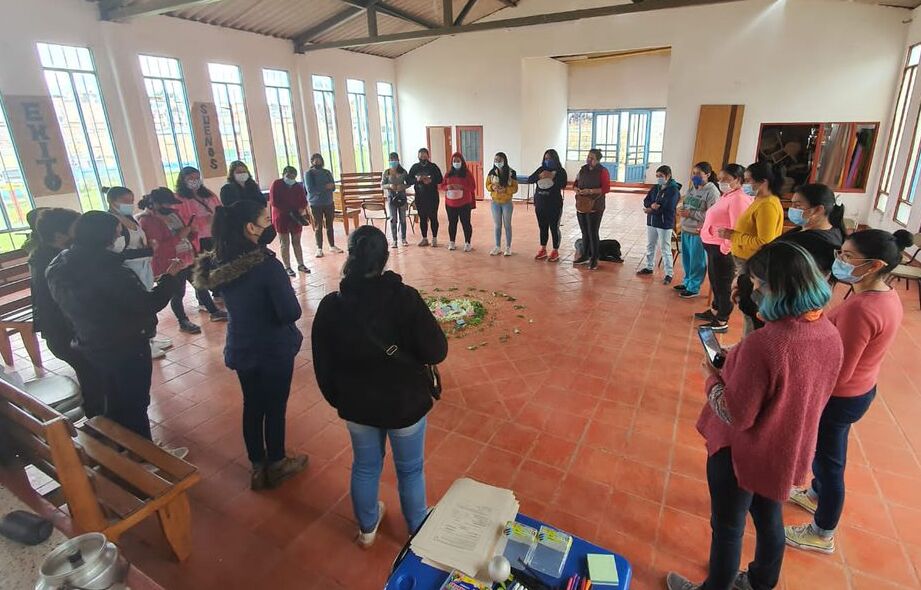WHAT PROBLEM WE SOLVE
Negative nutrition statistics have become widespread on a global scale:
Current food systems continue to generate pollution and degrade soil, water, and air:
Projections for the year 2030 also show negative trends, making it challenging to achieve progress in Sustainable Development Goal 2 (Zero Hunger and an end to all forms of malnutrition).
*FAO, IFAD, WHO, WFP, and UNICEF. The State of Food Security and Nutrition in the World. Summary Version. Rome, 2022.
40% of Colombians eat less than three times a day.
-PMA-
Global figures and their projections reflect the consequences of food systems that have failed to be sustainable in their four areas of action: production, storage and distribution, processing and marketing, and consumption. Therefore, it is relevant to allocate efforts to transform these systems in a way that minimizes negative impacts on the right to food and the nutritional food security of the population.
Given that the issue of malnutrition extends beyond hunger, and as one of the strategies to achieve sustainable food systems and make the necessary transitions to meet the 2030 Agenda, a significant portion of the solutions today focuses on contributing to various aspects of nutritional food security. This includes, as a central component, providing people with access to nutritional education, which is essential for adjusting the variables that turn dietary habits into a fundamental cause of disease and a detriment to quality of life.
To learn more about food systems, click here.
HOW WE DO IT?
To achieve this, agents of change actively participate in two types of activities that, directly, practically, and interactively, strengthen their knowledge and skills in terms of nutritional awareness and the consequent transformation of habits: listening circles and experiential meetings.

Listening circles
Are safe spaces for collective trust building. They work to improve the management of the socio-emotional resources of these women and youth by giving them a voice for their pains and dreams and recognizing each other as human beings. This recognition of their ability to contribute to community development results in strengthening the social fabric of their food systems.

Experiencial Encounters
Are spaces for collective learning where women and youth have didactic formative experiences for better management and utilization of their nutritional, agricultural, and economic resources. The expected result is more structured household economies that allow for sustainable consumption of more and better foods.
Strategies of the NUTRIEMPOWERMENT Model
TRUST CIRCLES
EXPERIENTIAL GASTRONOMIC MEETINGS
NUTRIGARDENS
These are nutritionally planned gardens that aim not only to diversify the cultivation and nutrition of the land but also to teach sustainable agroecological practices. They encourage the adoption of diverse nutritional foods, promote the choice and preparation of healthier meals, and even facilitate physical and economic access to food.
FINANCIAL MANAGEMENT STRENGTHENING
These experiential spaces identify habitual financial practices and provide knowledge, practices, and strategies to enhance family economics. They help optimize available financial resources and make more conscious, healthy, and cost-effective investments in food.

